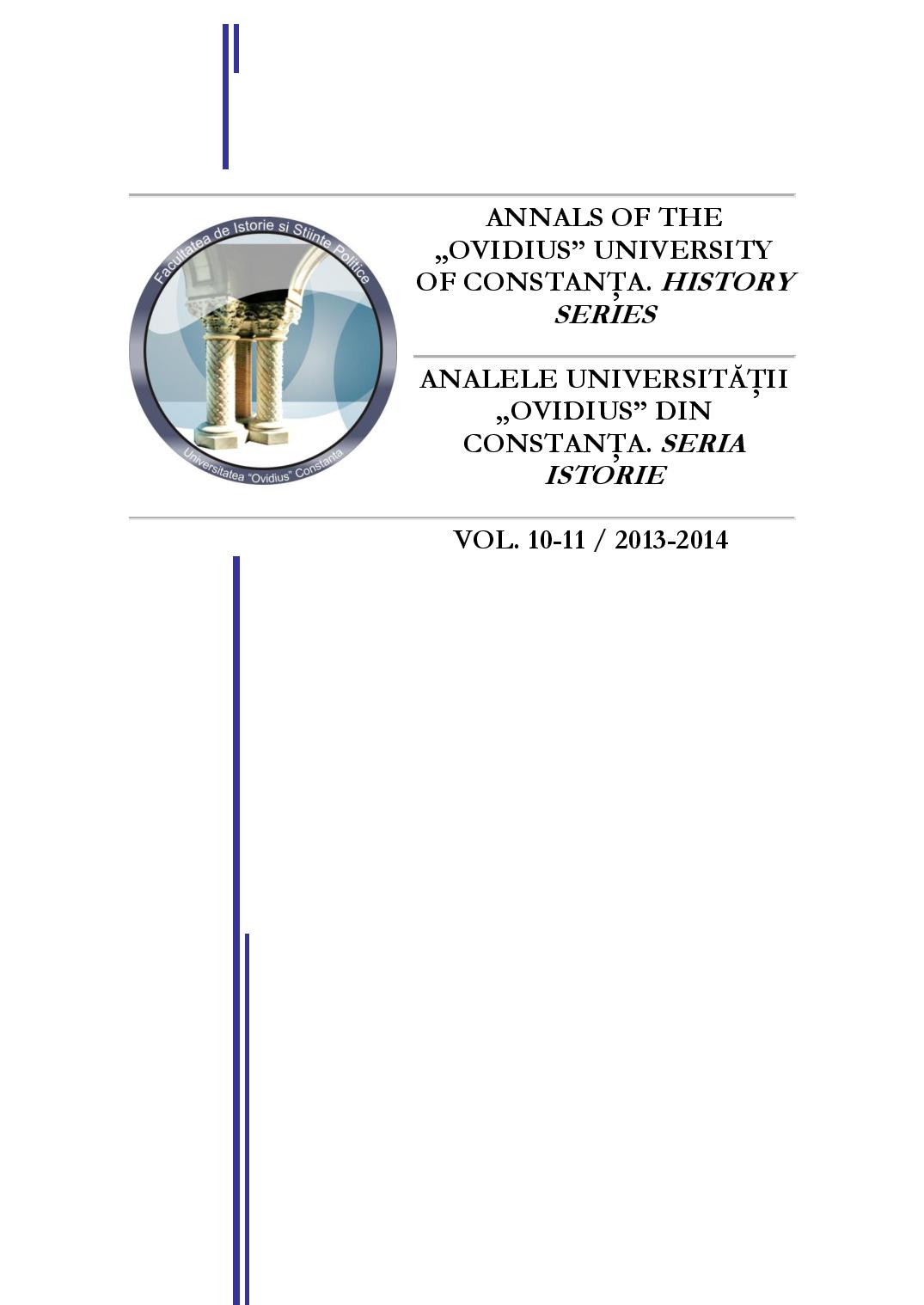RELIGION AND CULTURE IN SCYTHIA MINOR
RELIGION AND CULTURE IN SCYTHIA MINOR
Author(s): Nicolae DurăSubject(s): History, Theology and Religion
Published by: Ovidius University Press
Keywords: Scythia Minor;Tomis;Plato; Republica; St. Dionisie Exiguus; Tomitan Mitropolitan Church Romanian Orthodox Church.;
Summary/Abstract: In Pontical Dacia is “local culture” since the 4th to the 3rd century B.C. – the result of that cohabitation of the natives (the Thraco–Getans) and the Greek colonists in cities who where also was a population of Thracian origin, but largely Hellenized. In these Greek fortress cities of Dobrudja, too, the source and the matrix of this culture―a fortunate product also of the symbiosis of the natives’ (the Getans) and the colonists’ religious beliefs―was the act of faith in the époque’s divinities. Scythia Minor (Dobrudja), Romanian territory long under the rule of the Roman Empire (The Eastern and the Western ones) was the birthplace of Daco–Roman and Romanian (sacred and profane) literature and culture. The beginnings of our literature and culture in the Daco–Roman period can be traced back into this geographical space of Pontic Dacia and their creators and toilers were the very sons of the Tomitan Mitropolitan Church, such as Ioan Cassian, Dionysius Exiguus, John Maxentius (Exiguus), etc.
Journal: Analele Universităţii Ovidius din Constanţa - Seria Istorie
- Issue Year: 2013
- Issue No: 10-11
- Page Range: 15-26
- Page Count: 12
- Language: English
- Content File-PDF

